Enjoying crab legs at home has never been easier, and with three foolproof methods—boiling, steaming, or broiling—you can enjoy tender, succulent crab any time. This recipe guarantees perfectly cooked crab legs every time, whether you’re using snow crab, king crab, or Dungeness crab. Serve it the classic way with melted butter, a sprinkle of Old Bay seasoning, and a fresh squeeze of lemon.
For more easy seafood recipes, learn how to broil lobster tails or how to cook scallops.
Why Our Recipe
- Three easy methods for cooking crab legs—boiling, steaming, and broiling.
- Served with the classics: melted butter, Old Bay seasoning, and fresh lemon.
- Works with snow crab, king crab, and Dungeness crab.
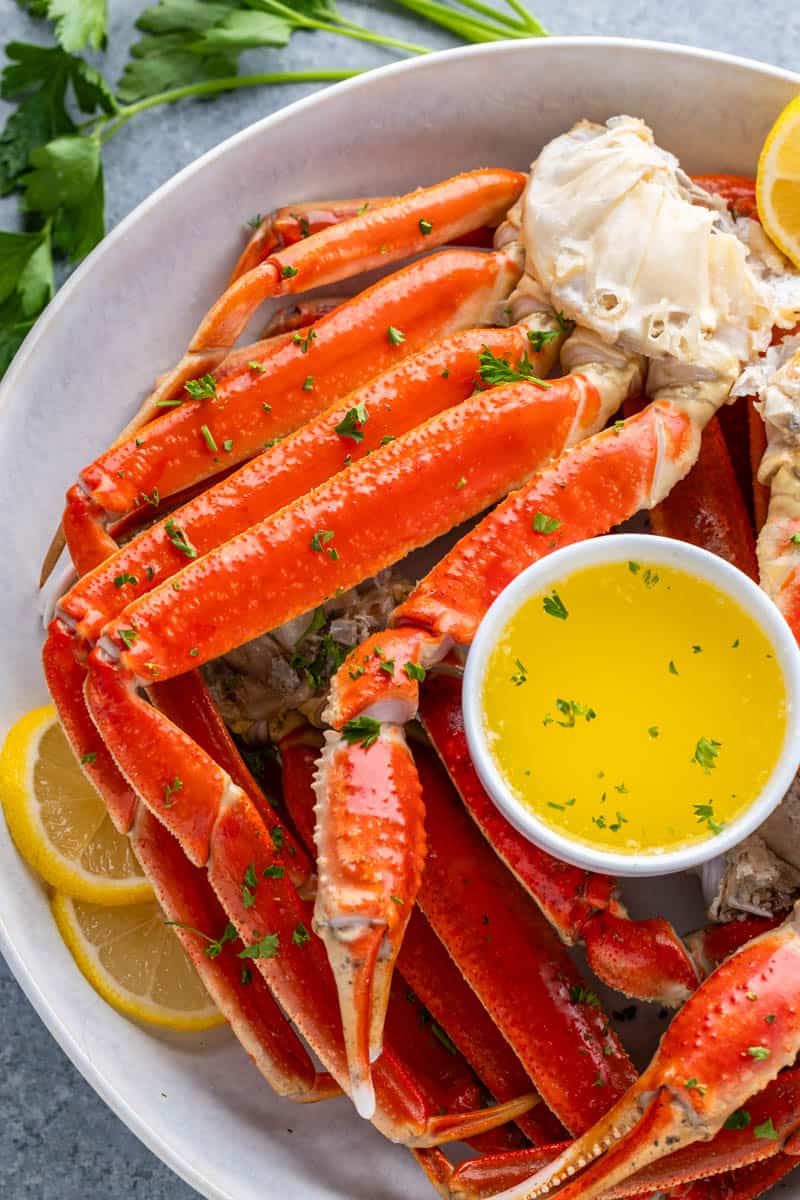
No need for a fancy seafood restaurant or steakhouse to enjoy crab. Cooking them at home is not only more affordable but also surprisingly quick and easy. With just a few ingredients and a little know-how, you’ll be serving up restaurant-quality crab legs that the whole family will love.
Ingredient Notes
- Snow Crab Legs: This recipe uses about 1 pound (2 clusters). King crab or Dungeness crab legs can also be used—adjust the cooking time slightly as king crab legs are larger.
- Salted Butter: Melted butter is perfect for dipping. If you prefer unsalted butter, you can add a pinch of salt for flavor.
- Old Bay Seasoning: A seafood classic! If you don’t have Old Bay, try Cajun seasoning for a spicier kick.
- Lemon: Fresh lemon wedges are a must for serving with crab legs. Slice them in half lengthwise and then into wedges.
Fresh or Frozen
Unless you live near the ocean, crab legs are typically sold frozen. Don’t worry—crab legs freeze well and retain their flavor. Look for crab legs that are frozen solid without ice crystals or freezer burn.
Thaw frozen crab legs overnight in the refrigerator for the best results. You can also thaw them quickly by placing the crab legs in a sealed bag under cold running water for about 30 minutes.
Choosing Crab Legs
Most crab legs are sold pre-cooked and frozen so you are really only reheating them. Double-check the label.
Snow Crab Legs: Known for their long, slender appearance and sweet, delicate meat. These are easy to crack and great for beginners.
King Crab Legs: These are the giant ones you see at the store. Larger and meatier with a rich, succulent flavor.
Dungeness Crab Legs: A West Coast favorite with a buttery flavor and slightly firmer texture.
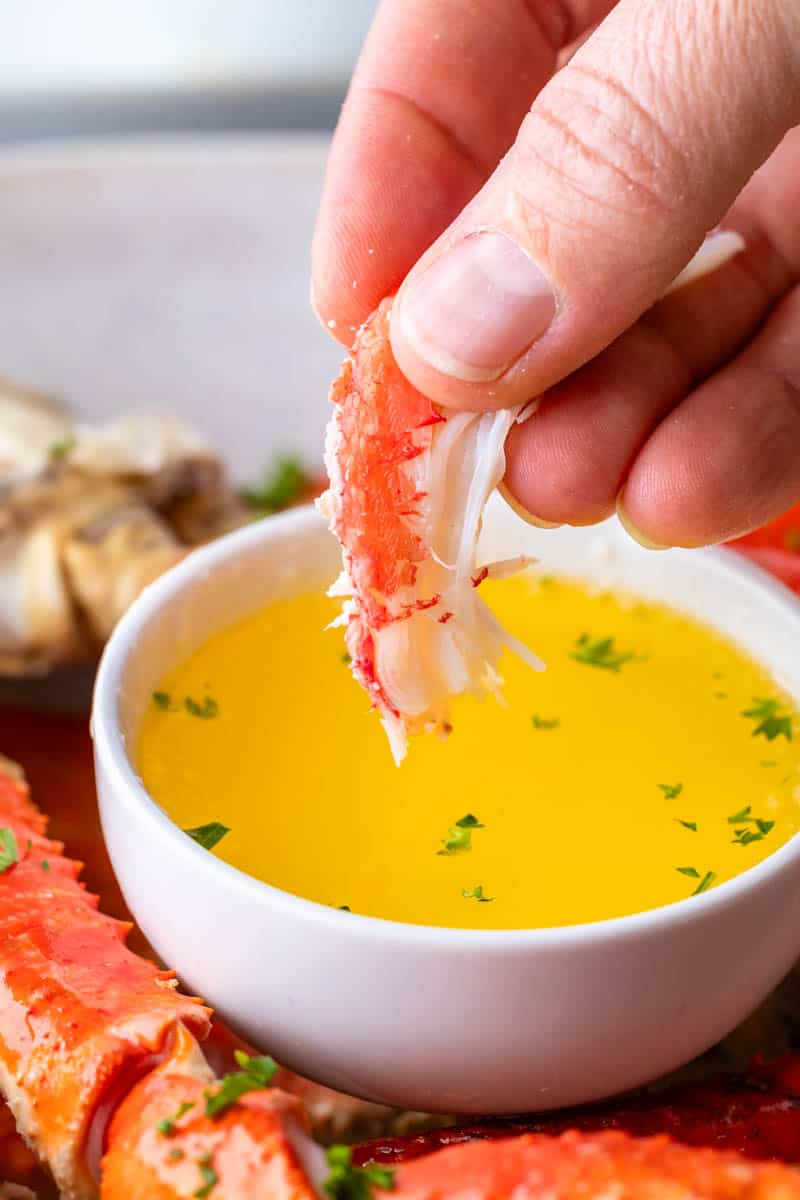
Cracking Crab Legs
Tools: Seafood crackers or nutcrackers are perfect for breaking through the tough shells without crushing the meat inside. Kitchen shears are also a helpful option for larger crab legs. You’ll also want a small fork or seafood pick for extracting all of the meats.
Break the Crab Leg into Sections: Gently twist the crab leg at the joints to separate it into smaller sections.
Crack the Shell: Use a seafood cracker to gently crack the shell lengthwise. For larger, tougher shells (like king crab), use kitchen shears to snip along the shell for easy access.
Extract the Meat: Use a small fork or seafood pick to carefully pull out the meat. For snow crab, the meat often slides right out if you gently bend and pull the shell apart.
Don’t Forget the Knuckles: The joints (knuckles) are packed with meat, so use your fork to dig in and get every bite.
Serve and Enjoy: Dip the crab meat into melted butter, sprinkle on Old Bay seasoning, and finish with a squeeze of fresh lemon. It’s that simple!
Serving Suggestions
Crab legs are best served simple. The classic way to enjoy them is with melted butter for dipping and a sprinkle of Old Bay seasoning for a touch of spice. Add fresh lemon wedges on the side for a hit of citrus. A spicy garlic butter or Cajun seasoning blend are also a fun twist.
If you’re looking for a fancy presentation, garnish the platter with fresh parsley or slices of lemon. Serve the crab legs on a large platter, cracked or whole, with seafood tools like crackers and picks nearby to make it easy for everyone to dig in and enjoy.
Storage Instructions
Refrigerate leftovers in an airtight container or tightly wrapped in aluminum foil or plastic wrap. Keep them in the refrigerator for up to 2 days.
More crab recipes…
Perfectly Easy Crab Cakes
15 mins
The Best Slow Cooker Spicy Crab Dip
2 hrs 10 mins
Easy Crab Stuffed Mushrooms
40 mins
Easy Creamy Crab Salad
1 hr 10 mins
Watch the video below where Rachel will walk you through every step of this recipe. Sometimes it helps to have a visual, and we’ve always got you covered with our cooking show. You can find the complete collection of recipes on YouTube, our Facebook Page, or right here on our website with their corresponding recipes.
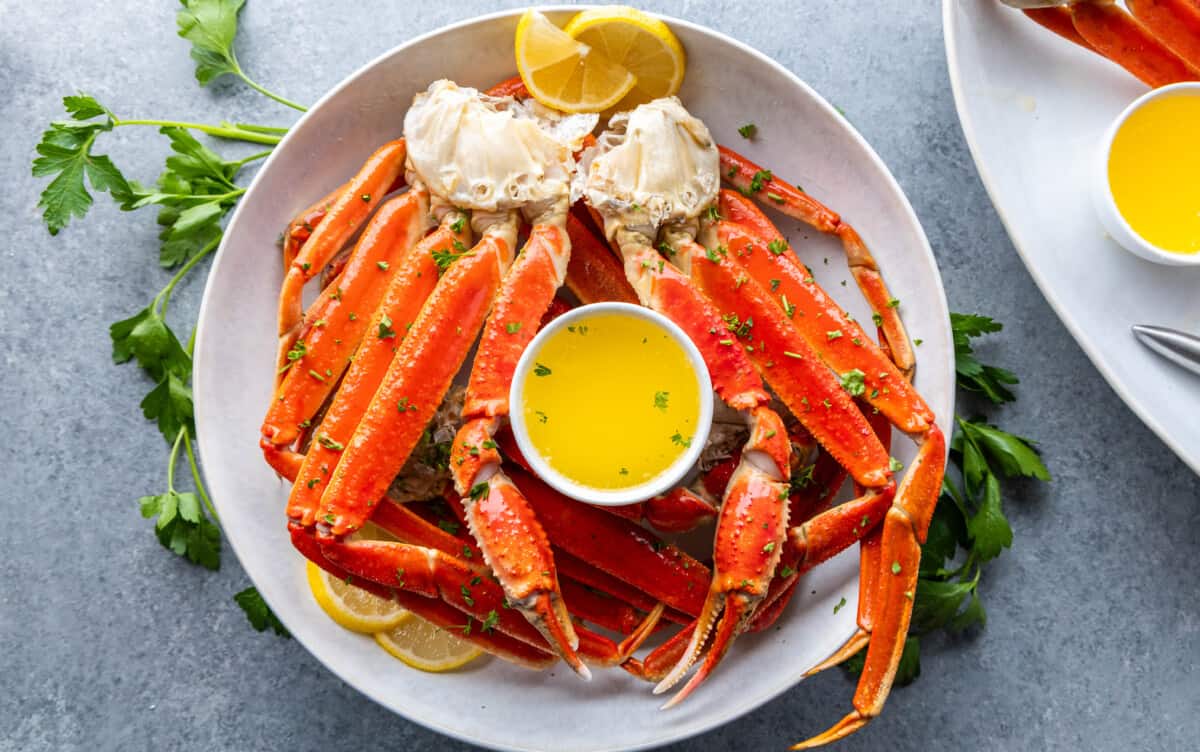
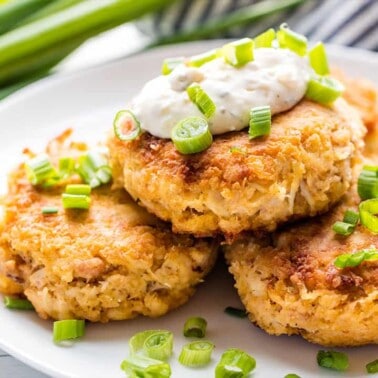
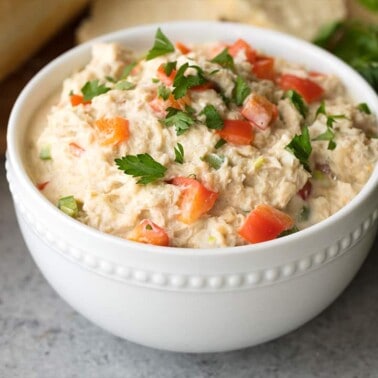

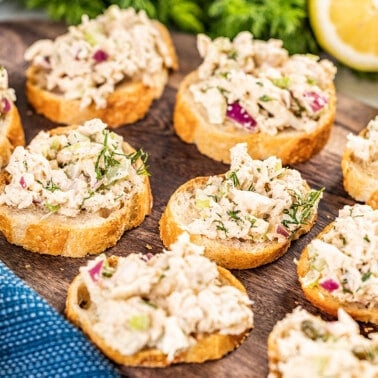

Yummmmy, your variety of instructions and helpful video were top notch!!! Now I’m hungry ?
Nice
Love how easy both lobster and crab legs are to cook! I’ll be buying both from our local fish market tomorrow!
Thank you I’m so happy to see your directions came up.
Can’t wait to get some and cook . What is the best Butter to use?
No special butter needed. Whatever you typically have on hand will work, so long as it is real butter, and not a margarine or spread.
Can you use melted ghee? I have a HUGE jar from Costco and haven’t really used it before. Planning on use in Indian cooking but wondered if it would work here too. .
Great information. Thanks! However, having grown up on Cape Cod, and having lived in the D.C. area for 20 years, I can assure you that Old Bay is definitely not a New England thing at all. It’s a Maryland Eastern shore thing with Chesapeake Bay Blue Crabs. In fact, Old Bay was invented in Maryland, and was purchased by McCormick in the 1990,s, and is still produced near Baltimore today. Fun food facts. Either way, it is great with seafood.
Love the reply! I miss the DC wharf. and the unknown seasoning from the barrel & plastic bags.
Yes and the shrimps were big seasoned and tender we loved it! Crabs were off the chain
You are absolutely right about Old Bay is from Maryland.. I grew in a house on the Patuxent river and remember bushels of blue crab steamed with Old Bay..yum!!!
Yes indeedie! Gotta have a light sprinkling of Old Bay for our crab and shrimp dishes.
Yes !!! Growing up in Maine we don’t really use old bay ever ! Just butter
I agree with butter only! Legs are sweet and should not be ruined with Old Bay..
Great video! Just bought some clusters for my wife & I for tonight. I plan on using the steaming method like I do with lobster. Definitely will be using the Old Bay as well! Thanks again
So much better and cheaper than eating out anywhere!I dunno why people don’t eat crab legs at home…
A lot cheaper too. My Harris Teeter puts them on sale sometimes for like $6.99 a cluster. I buy 10 lbs. I eat 9 and my son eats one lb lol
I love it! I wish I wasn’t an empty nester. Then I could use that excuse!! LoL. I bought a package of 3 clusters and ate them myself. I thought that was extravagant!! Everyone’s telling me to try Costco. That’s my next stop. I’m hooked! Thanks for the directions. I boiled them. Melted butter and use a lot of harissa. I love it. Thanks again!
Thank you for making the directions so easy to follow! I tried to give it a 5 star rating but I couldn’t get it to apply.
have’t cooked these for 20 years due to sickness, just needed a refresher for my memory to kickin, she did an excellent job telling how to cook them & how to get the crab meat out….GREAT BIG HELP….. THANK-YOU!!
Great simple instructions